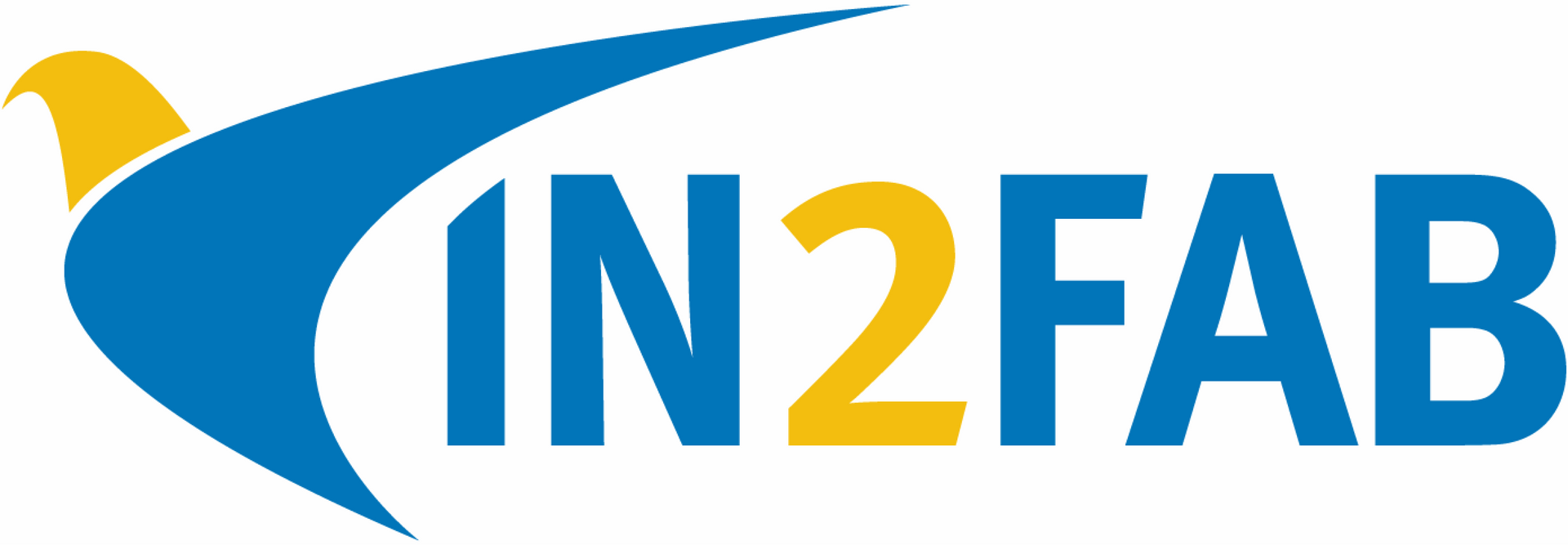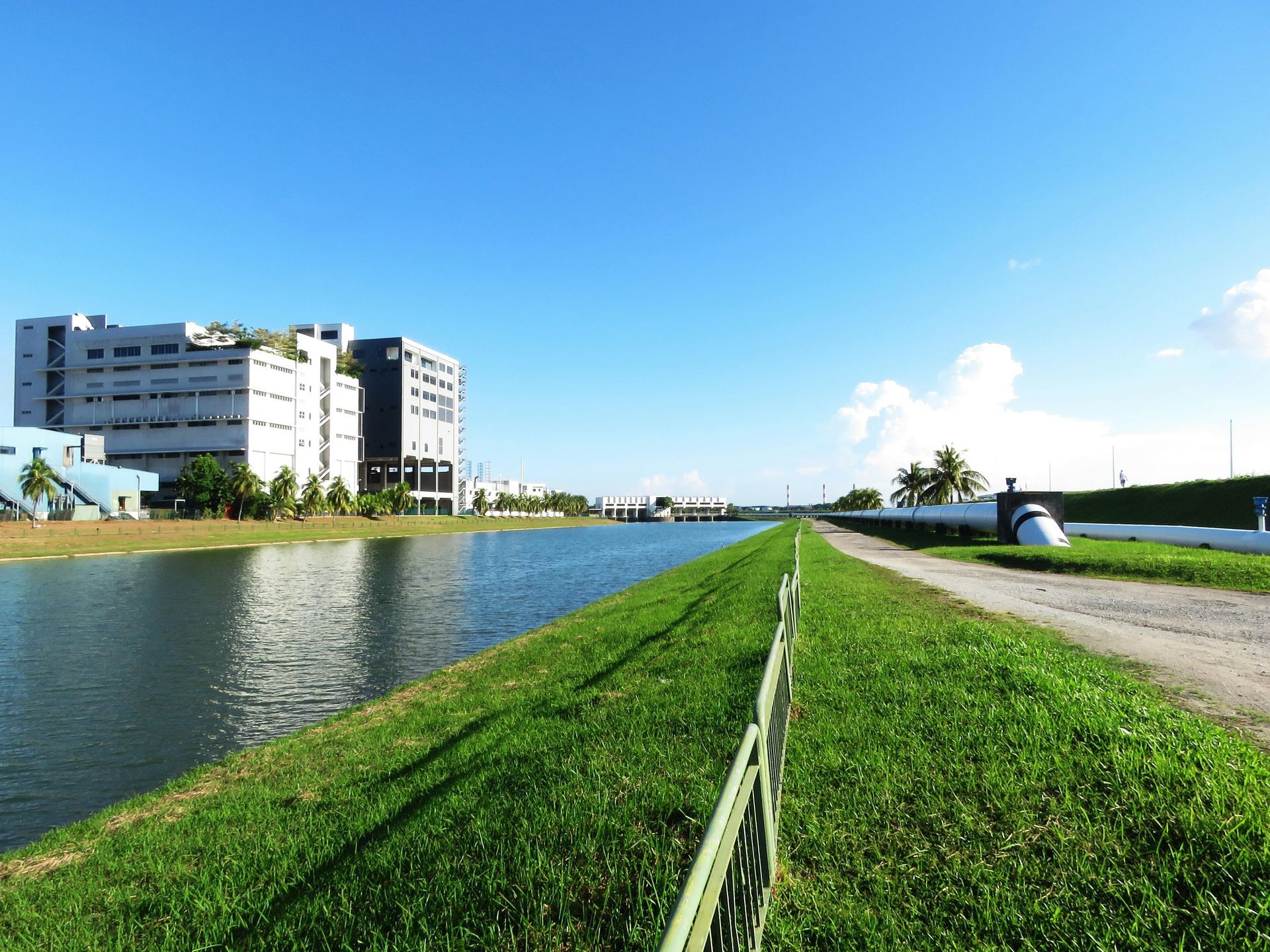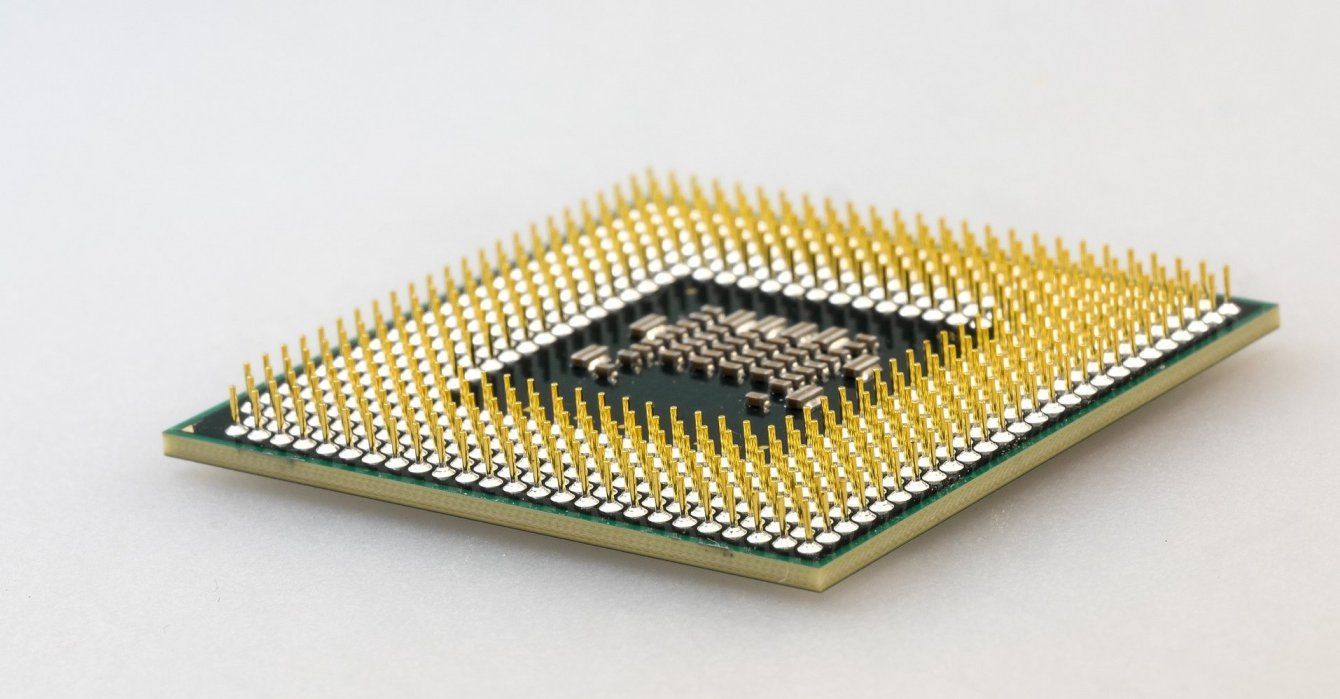Unlocking Innovation: The Benefits of Outsourcing Semiconductor IP Migration
Rapid porting accelerates SoC development using existing cores or 3rd party IP.
In today's rapidly evolving semiconductor landscape, companies are constantly seeking ways to stay competitive and innovative. Fabless companies rely on platforms of analog and mixed signal IP cores for internal SoC development, while specialist IP companies need to deliver products to meet their customers’ requirements to win license revenue. One strategy gaining popularity is outsourcing IP migration. While some may be hesitant to entrust critical aspects of their business to external partners, the benefits of outsourcing IP migration can be substantial, contributing to enhanced efficiency, cost savings, and accelerated innovation.
Cost Efficiency
Outsourcing IP migration can be a game-changer for businesses looking to optimize their budget. By leveraging the expertise of external teams, companies can significantly reduce operational costs associated with using an in-house development team. This allows organizations to reallocate resources to other strategic areas while still receiving top-notch IP migration services.
Access to Specialized Skills
In the ever-evolving tech landscape, staying ahead often requires specialized skills. Outsourcing provides access to migration specialists with years of experience in schematic and layout migration. Whether it's migration analysis, component mapping, database processing and project management, outsourcing partners can bring a level of specialization that may be challenging to achieve with an in-house team.
Agility and Flexibility
Outsourcing offers unparalleled flexibility, allowing businesses to scale their resources based on project needs. Whether it's scaling up for a major IP project or scaling down during quieter periods, outsourcing provides the agility to adapt to changing requirements. This flexibility enables companies to respond more effectively to market demands and evolving business priorities.
Accelerated Time-to-Market
Ever shortening development cycles mean that time is of the essence. Outsourcing can expedite the development process, leading to faster time-to-market for new foundries or process nodes. External teams, often operating in different time zones, can work around the clock, ensuring that development cycles are completed more efficiently and deadlines are met promptly.
Risk Mitigation and Compliance
Entrusting IP migration to external experts means sharing the associated risks. IP migration specialists are well-versed in managing various types of risks, including schedules and technical challenges. Detailed migration project schedules are clearly defined, and migrated IP is delivered in a new process at a fixed schedule and cost.
Focus on Core Competencies
Outsourcing allows businesses to concentrate on their core competencies and strategic objectives. By delegating non-core functions like IP migration to external specialists, organizations can direct their energy and resources toward activities that drive growth and competitiveness. This strategic alignment can lead to a more streamlined and efficient operation.
- Outsourcing IP migration is more than just a cost-saving strategy; it's a catalyst for innovation and efficiency. By tapping into external expertise, businesses can navigate the complexities of IP migration with agility and speed. While challenges may exist, the benefits of outsourcing are proving to be a transformative force for companies seeking to unlock new opportunities and stay at the forefront of their industries.












